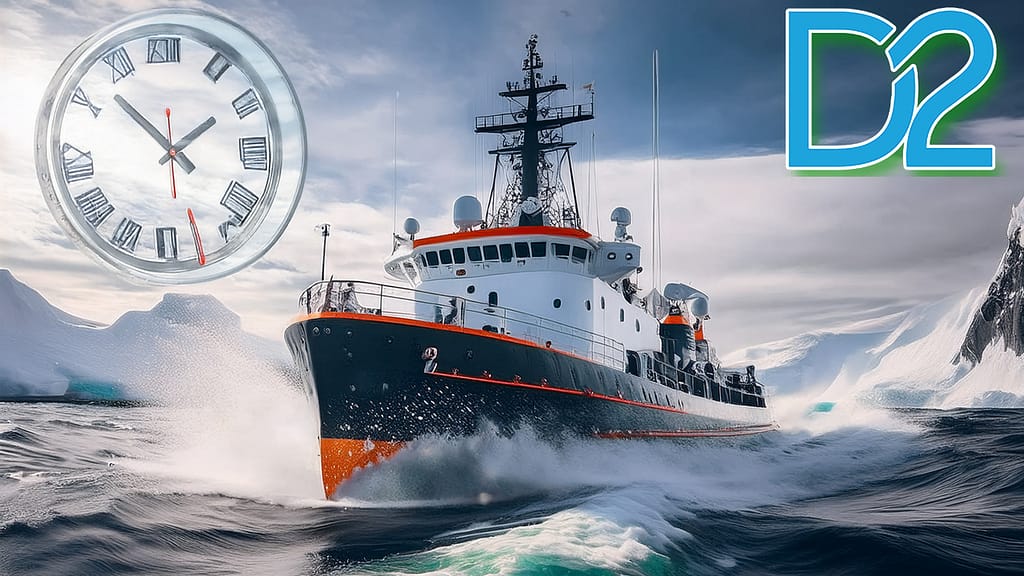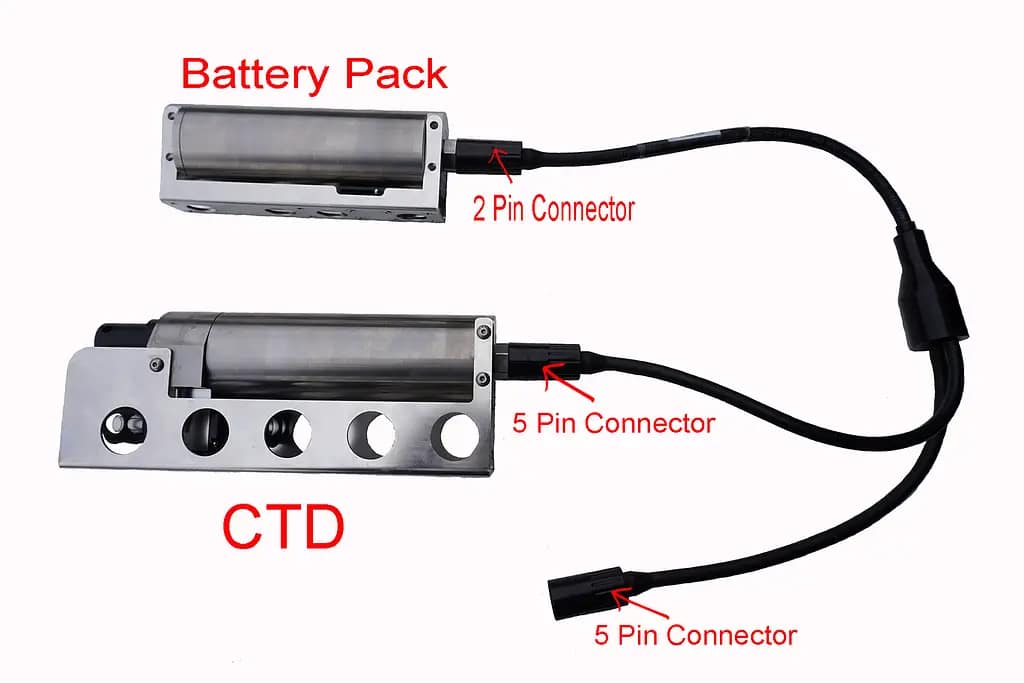Oceanography has a CTD Lead Time Problem
The Oceanographic Community studies the Earth’s Oceans providing critical information about our planet. They require Fast CTD Delivery & Calibration. In order to do so they deploy on research ships, and use other platforms to gather data from the World’s Oceans. Allowing mankind a glimpse into what covers most of our globe. These ships cost huge money to take out to sea and are typically on a schedule for deployment. Climate Researchers are already in a race against time with the ever increasing changes in the climate. Therefore we aim to deliver quickly to speed up the logistics. No one wants to hold up a ship deployment waiting for equipment.
D-2 Inc, has attended many conferences over the past few years. The main concerns from the CTD end users is how long they take to get on order and to calibrate. I have been told; getting CTD’s delivered and calibrated quickly in order to fit deployment schedules is almost impossible with huge lead times. Currently we have heard it takes our main competitor well more than 14 weeks for new equipment and about the same for calibration turnarounds. This makes life very difficult for the Oceanographer who is trying to get equipment together for a scheduled deployment. Imagine having to hold up a research vessel on the docks because a CTD was taking 14 weeks to get calibrated? Many end users have approached D2 with this issue looking for a solution, a solution we can certainly offer.
Fast New CTD and CT Delivery Times
D-2 inc. has been improving our manufacturing process for CTD’s and CT’s and stocking long lead time parts of the assembly. Thus we dropped our delivery times from 12-16 weeks after order now down to 4-8 weeks after order. Standard depths and standard CTD or CT configuration can be built in four weeks or less. This makes our company the fastest delivery times in the world currently for providing CTD’s or CT for measurement of Ocean Salinity, Pressure and Temperature.
We offer a full range of Conductivity, Temperature and Depth sensors. Conductivity and Temperature is how Salinity is derived. You can strap our sensors onto any platform without any need for additional calibration because our cell is closed field. This allows our CTD to provide closed field accuracy but also have small low power designs that utilize flow through measurements. For more details on our CTD’s visit the webpage here: https://www.d-2.com/hybrid-ctd-ocean/
Accurate and Quick CTD Calibration Lab
We have recently upgraded our calibration lab with a Salinometer adding to our Temperature Standard. This will allow D-2 inc. to calibrate CTD’s extremely accurately with NIST Traceability. We can calibrate CTD’s or CT sensors in two weeks or less after unit arrives. Located on the East Coast on Cape Cod gives our lab a geographic advantage for anyone operating in the North Atlantic. Currently we are only calibrating our own equipment, however in the future we do plan to offer CTD calibration services for all CTD sensors. Fortunately, if you are looking to have a CTD that you can get quickly calibrated when needed, the D-2 CTD or CT sensor is perfect for you.
We are using TEOS-10 for our calculations, as stated:
“TEOS-10 is based on a Gibbs function formulation from which all thermodynamic properties of seawater (density, enthalpy, entropy sound speed, etc.) can be derived in a thermodynamically consistent manner. TEOS-10 was adopted by the Intergovernmental Oceanographic Commission at its 25th Assembly in June 2009 to replace EOS-80 as the official description of seawater and ice properties in marine science.
A significant change compared with past practice is that TEOS-10 uses Absolute Salinity SA (mass fraction of salt in seawater) as opposed to Practical Salinity SP (which is essentially a measure of the conductivity of seawater) to describe the salt content of seawater. Ocean salinities now have units of g/kg.
Absolute Salinity (g/kg) is an SI unit of concentration. The thermodynamic properties of seawater, such as density and enthalpy, are now correctly expressed as functions of Absolute Salinity rather than being functions of the conductivity of seawater. Spatial variations of the composition of seawater mean that Absolute Salinity is not simply proportional to Practical Salinity; TEOS-10 contains procedures to correct for these effects.”
Quote from: https://www.teos-10.org/


Good articⅼe. I am expегiencing many of these issues as well..